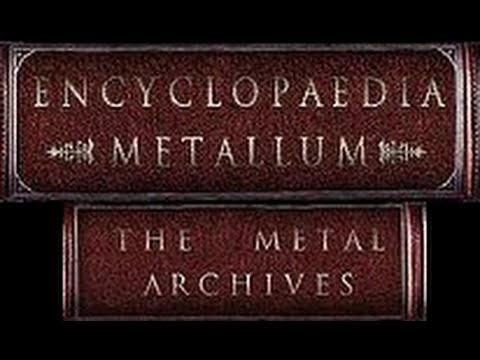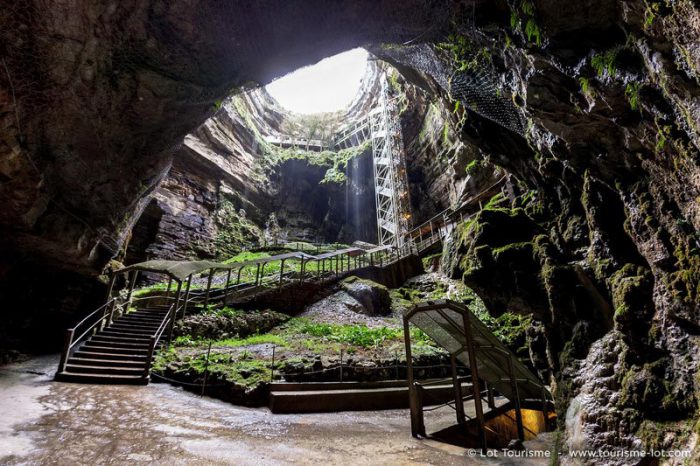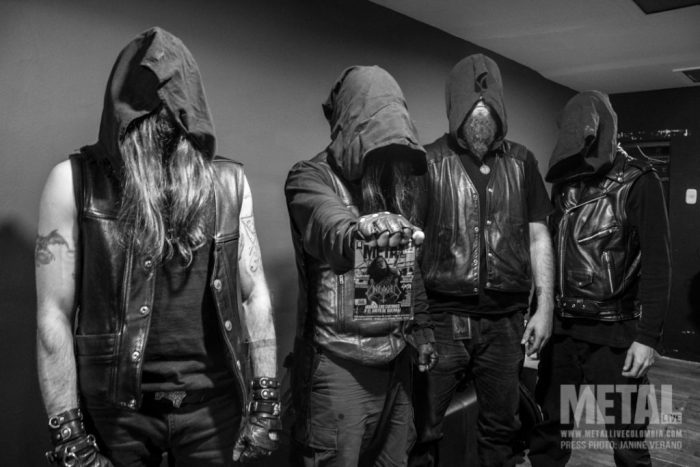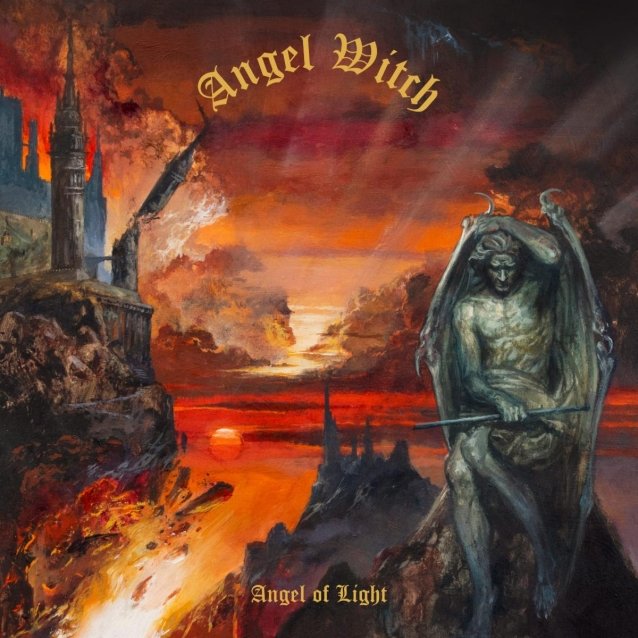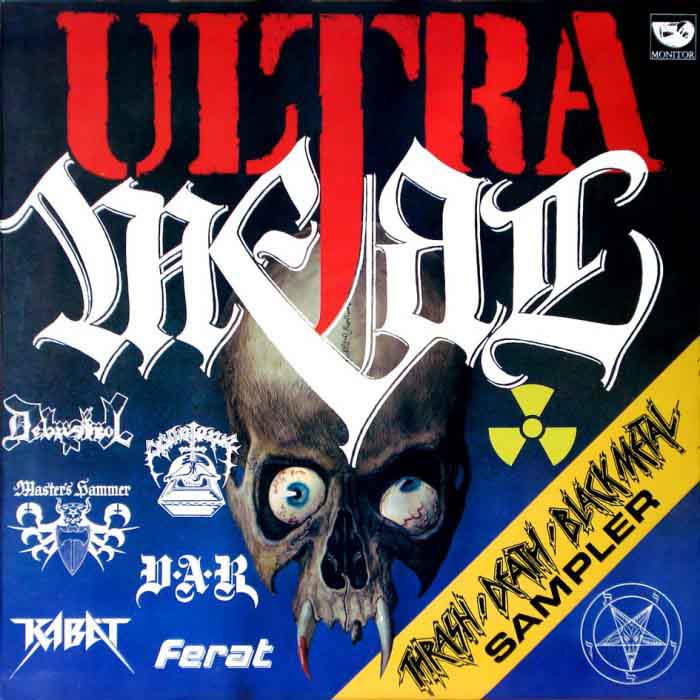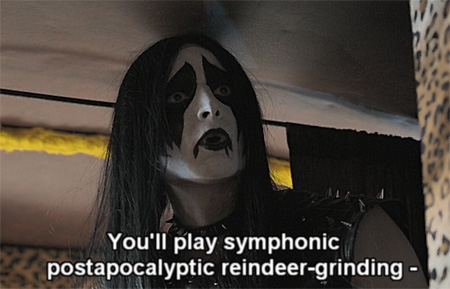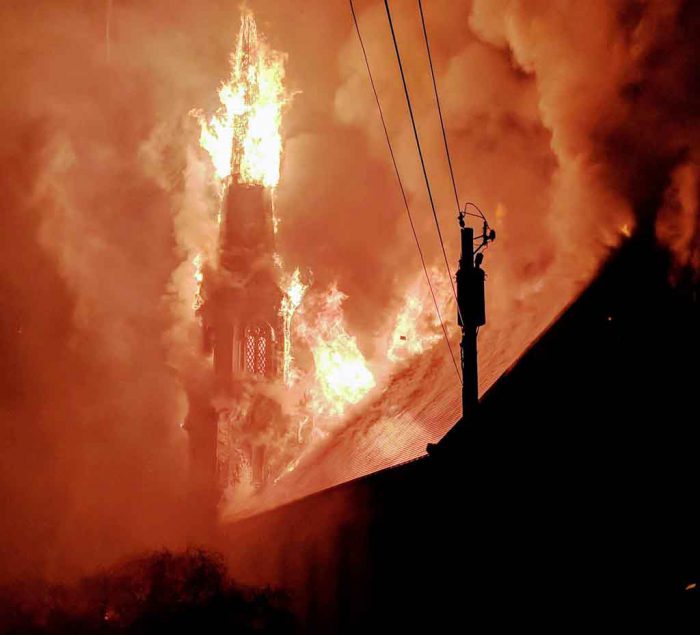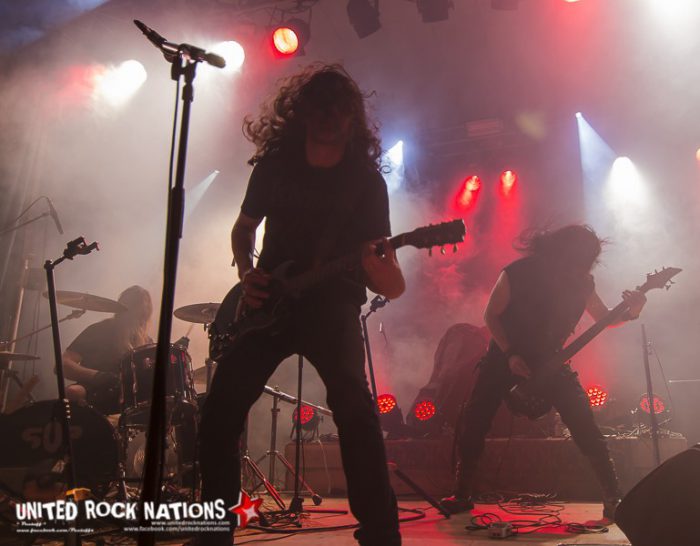
It is commonly assumed that the most unique album in death metal is Nespithe and while there is a very strong case for such a claim, Supuration’s The Cube has a stronger claim to such a title. Demilich have a large number of failed imitators while Supuration have none at all. The first listen to Demilich immediately shows the band’s intentions and dizzying whirlwinds of ideas in elaborate riff mazes. Supuration sounds like a rock hybrid that borders on modern metal but with much depth and just as unique but requiring many more listens to dig past the highly accessible aesthetics. Here are a few tools that Supuration used to create the most unique album in Death metal.
21 CommentsTags: death metal, supuration, the cube
